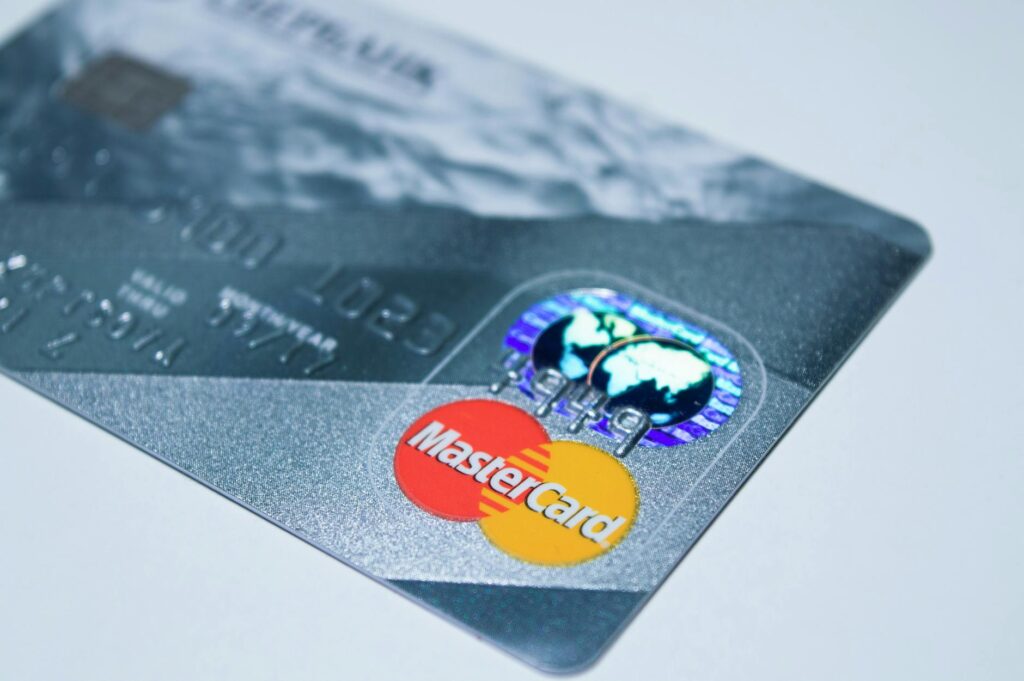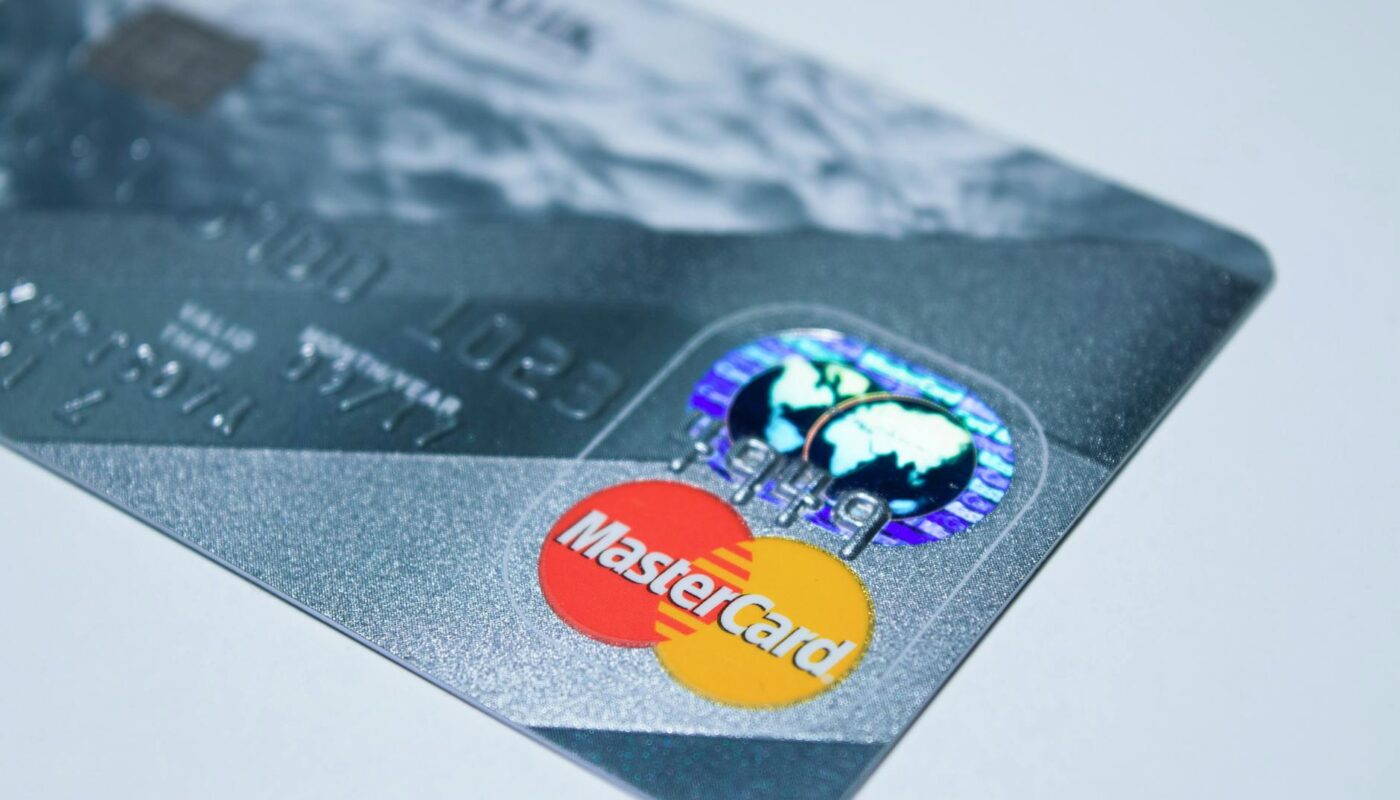Tackling high-interest debt can feel overwhelming, but the debt avalanche method offers a strategic approach to becoming debt-free faster. This method prioritizes paying off your debts based on their interest rates, helping you save money on interest payments in the long run. Let’s explore how it works and how you can implement it.
Understanding the Debt Avalanche Method
The debt avalanche method focuses on eliminating high-interest debts first. Unlike the debt snowball method (which prioritizes smaller debts regardless of interest), the avalanche method targets the debts costing you the most in interest. By paying extra towards the highest-interest debt while making minimum payments on others, you’ll save significantly on interest over time. Learn more about the differences between debt avalanche and debt snowball.
Calculating Your Interest Rates
Before you start, gather all your debt information: credit card balances, loan amounts, interest rates, and minimum payments. Creating a spreadsheet or using a debt tracking app can help visualize your debt and track your progress.  You need to know the exact interest rate of each debt to effectively apply the avalanche method. Many online calculators and resources can help with this. Check out this helpful debt calculator.
You need to know the exact interest rate of each debt to effectively apply the avalanche method. Many online calculators and resources can help with this. Check out this helpful debt calculator.
Prioritizing High-Interest Debts
Once you’ve organized your debts, list them in descending order of their interest rates. The debt with the highest interest rate is your top priority. Focus your extra payments on this debt while continuing to make minimum payments on the others.  The goal is to pay off this high-interest debt as quickly as possible. Consider the psychological benefits of this method. Knowing you’re tackling the most expensive debt first can be motivating. Discover tips for staying motivated during your debt repayment journey.
The goal is to pay off this high-interest debt as quickly as possible. Consider the psychological benefits of this method. Knowing you’re tackling the most expensive debt first can be motivating. Discover tips for staying motivated during your debt repayment journey.
Making Extra Payments
The core of the debt avalanche method lies in making extra payments. Find any extra money you can—from side hustles, reduced expenses, or unexpected bonuses—and allocate it to your highest-interest debt. Even small extra payments add up over time and can significantly reduce the amount of time it takes to pay off your debts. Explore strategies for budgeting effectively and finding extra money. Learn how to create a realistic budget.
Maintaining Momentum
Repaying debt is a marathon, not a sprint. There will be challenges. Learn how to handle unexpected expenses. It’s crucial to stay organized, track your progress, and celebrate milestones along the way. Consider rewarding yourself for reaching each debt-free goal. This positive reinforcement can keep you motivated and committed to your financial goals. [IMAGE_3_HERE]
Conclusion
The debt avalanche method provides a powerful and effective way to tackle high-interest debt. By prioritizing debts based on interest rates, you’ll minimize the total interest paid and achieve financial freedom faster. While it requires discipline and careful planning, the long-term benefits make it a valuable strategy for many. Find more financial advice here.
Frequently Asked Questions
What if I can’t afford to make extra payments? Start small! Even an extra $25 or $50 a month can make a difference. Explore ways to reduce expenses or find extra income sources to increase your extra payments over time.
What happens when I pay off my highest-interest debt? Roll the extra payment amount to the next highest-interest debt on your list and continue the process until all your debts are paid off.
Is the debt avalanche method better than the debt snowball method? It depends on your personal priorities. The avalanche method saves you more money on interest, while the snowball method may offer more motivational benefits.
Can I adjust my plan along the way? Absolutely! Life changes, and you may need to adjust your plan. The important thing is to keep striving toward your debt-free goal.
What if I have multiple debts with the same interest rate? Prioritize the debt with the larger balance in that case. This will often offer more psychological motivation as you will be able to ‘remove’ a substantial debt faster from your debt list.



